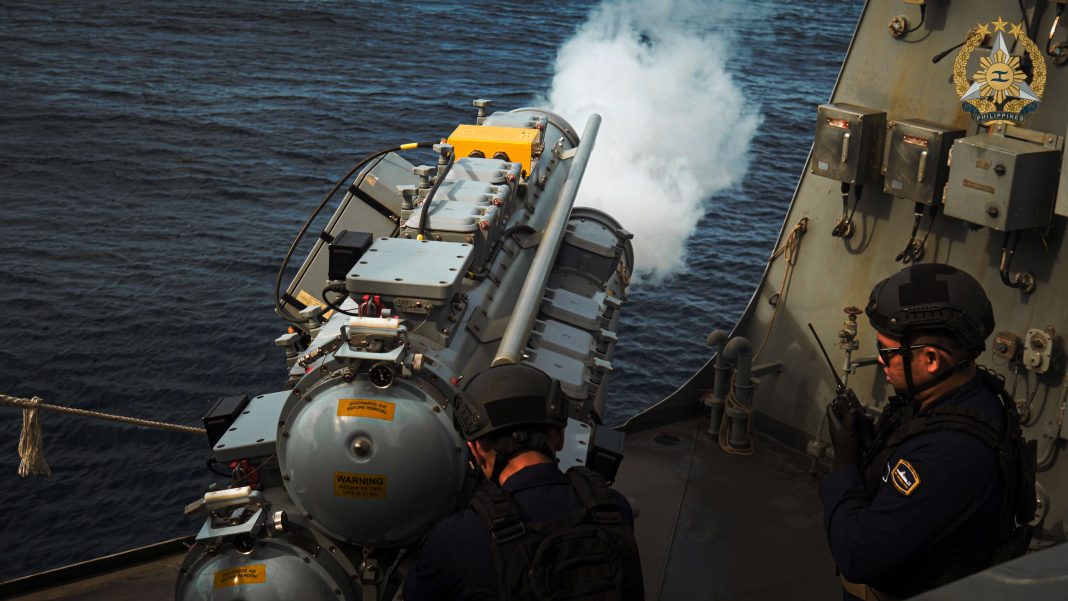By Veronica Uy
Despite former U.S. President Donald Trump’s pronouncement of eliminating American foreign aid, including military assistance, two significant developments earlier this week seem to reaffirm the United States’ and the Philippines’ strong defense ties.
On February 5, the two countries’ defense chiefs held their first official call to discuss bilateral security cooperation. On the same day, the Armed Forces of the Philippines (AFP) joined the U.S., Australia, and Japan in the 6th Multilateral Maritime Cooperative Activity (MMCA) within the country’s exclusive economic zone.
These two events come at a time when concerns grow over China’s aggression in the region.
In his introductory call with National Defense Secretary Gilberto Teodoro Jr., U.S. Secretary of Defense Pete Hegseth reaffirmed Washington’s “ironclad” commitment to the 1951 Mutual Defense Treaty (MDT) and emphasized the importance of reestablishing deterrence in the South China Sea.
Trump’s defense chief pledged to work closely with the Philippines in enhancing the capability and capacity of the AFP, ensuring that Manila remains a key partner in maintaining regional stability in the Indo-Pacific.
Appearing to reinforce this commitment, the 6th MMCA, held within the Philippines’ exclusive economic zone also on February 5, saw the deployment of key naval and air assets from all four nations, including the AFP’s BRP Jose Rizal (FF150) and Philippine Air Force Search and Rescue (SAR) units. The United States contributed the USS Benfold (DDG65) and a P-8A Poseidon aircraft, while Australia deployed the HMAS Hobart (DDG39), and Japan sent the JS Akizuki (DD115).
The drills included communication exercises, maritime domain awareness operations, anti-submarine warfare, and tactical maneuvers, enhancing the interoperability of allied forces in ensuring security in the region.
“This activity demonstrates the strong cooperation and interoperability among our nations’ armed forces. Conducted in accordance with international law, the MMCA ensures safe navigation while respecting the rights and interests of all states,” said AFP Chief of Staff General Romeo Brawner Jr.
What’s at stake for PH?
While the U.S. has been a key source of military assistance for the Philippines, a potential cut in American aid could impact AFP modernization, EDCA infrastructure projects, and maritime security operations.
In July 2024, the U.S. committed to provide the Philippines $500 million in U.S. Foreign Military Financing for defense procurement and capability enhancement. The U.S. has also committed to airstrip repairs, command centers, and storage facilities in EDCA sites. A cut in resources to counter China’s aggression in the West Philippine Sea could weaken joint patrols, surveillance missions, and response capabilities in disputed waters.
Strategically, the Philippines has been strengthening its security ties beyond Washington. Japan and Australia have stepped up defense engagements, with Tokyo providing defense technology transfers and Canberra offering training support for the AFP.














